Disclosure: This article contains affiliate links. We may earn a commission from purchases at no extra cost to you, which helps our travel content.
The train lurched forward as we snaked through Sri Lanka's central highlands, the carriage windows framing a theatrical performance of misty mountains and emerald tea plantations. But as we pulled into Ella station—a colonial relic with its weathered wooden beams and rusted tin roof—I knew I hadn't come just for the postcard vistas that dominate Instagram feeds. While most travelers use Ella as a mere backdrop for tea field selfies or a quick stopover en route to Nine Arch Bridge, I'd allocated a full weekend to explore the urban fabric of this mountain hamlet. Having documented cable cars and funiculars across four continents, I've developed a peculiar fascination with how transportation shapes communities. Ella, with its legendary railway and rapidly evolving townscape, offered the perfect laboratory for my urban explorations—a place where colonial infrastructure, local ingenuity, and modern tourism create a fascinating architectural dialogue that few visitors truly notice.
Ella's Railway Quarter: Where Time Stands Still
My urban exploration of Ella begins where most visitors merely pass through—the railway station. Built in 1918 as part of the British colonial network, Ella Station deserves more than a cursory glance. Arriving early morning, before the tourist trains roll in, reveals a different atmosphere altogether. Station master Jayawardena, who's held his post for 27 years, invited me into his office where colonial-era logbooks and hand-operated signaling equipment remain in daily use.
Wandering beyond the main platform, I discovered the forgotten railway quarter—a collection of staff cottages, maintenance sheds, and signal boxes that tell the true story of Ella's transportation heritage. These modest structures, with their distinctive pitched roofs and verandas, represent a fascinating blend of British colonial design adapted to local materials and climate conditions.
The railway workers' quarters, arranged in neat rows behind the station, offer a glimpse into a lifestyle that has changed little in a century. Children played cricket in dusty courtyards while railway workers tended to impressive vegetable gardens that spilled down the hillside. When exploring unfamiliar neighborhoods, I always carry my compact camera, which allows me to capture authentic moments without the intrusiveness of larger equipment.
Most fascinating was the abandoned water tower that once supplied steam locomotives, now standing as a silent sentinel overlooking the valley. Climbing the rusted maintenance ladder (likely against regulations, but sometimes urban exploration requires bending rules) rewarded me with a perspective of Ella few ever witness—the entire township laid out like an architectural model, revealing the organic growth patterns that have shaped this mountain community.
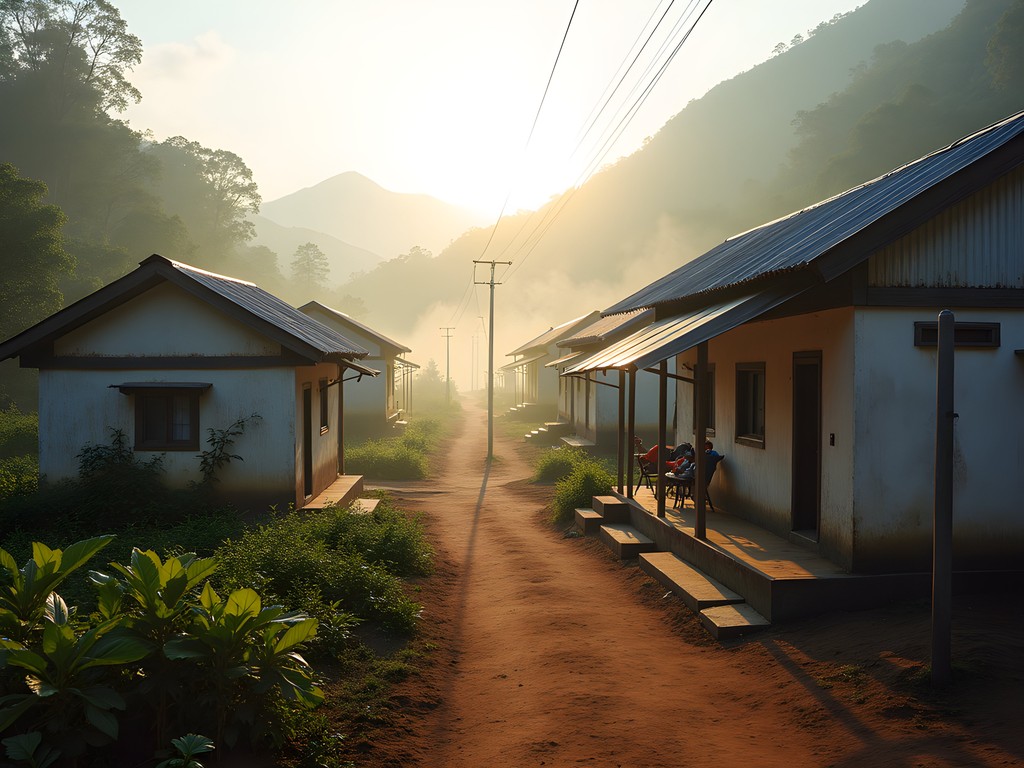
💡 Pro Tips
- Visit the railway station before 7am to see it without crowds and catch morning light for photography
- Ask permission before photographing railway workers or their homes
- The station master often gives impromptu tours if you express genuine interest in railway heritage
Architectural Crossroads: Ella's Evolving Main Street
Ella's main thoroughfare presents a fascinating study in architectural evolution—a physical timeline of the town's journey from colonial outpost to backpacker haven to emerging tourist destination. I spent an entire afternoon documenting the subtle transformations block by block, watching how the street's character shifts with each building.
The northern end retains original timber-framed structures with deep verandas that once housed colonial administrators. These buildings have largely been repurposed as boutique accommodations, their wooden bones reinforced while maintaining period details. Mid-street reveals Ella's 1960s-80s development phase—concrete structures with distinctive Sri Lankan modernist touches like breeze blocks, geometric railings, and flat roofs that have weathered the mountain climate with varying degrees of success.
Most revealing is the southern section, where rapid tourism development has created an architectural free-for-all. Glass-fronted cafés neighbor hastily constructed hostels, while ambitious multi-story hotels rise from impossibly narrow plots. What fascinates me is how even these modern structures incorporate elements of traditional design—pitched roofs to handle monsoon rains, covered outdoor spaces that echo colonial verandas, and strategic orientation to capture mountain views.
During my explorations, I stumbled upon what might be Ella's most interesting architectural specimen—a former colonial bungalow that has been progressively extended over decades, each addition reflecting the architectural thinking of its era. The current owner, Mr. Bandara, proudly showed me through rooms that spanned a century of design evolution, from original hardwood floors to a newly added rooftop yoga deck with panoramic views.
For documenting architectural details during my walks, I rely on my travel journal to sketch interesting facades and make notes about building techniques. This analog approach forces me to observe more carefully than simply snapping photos.
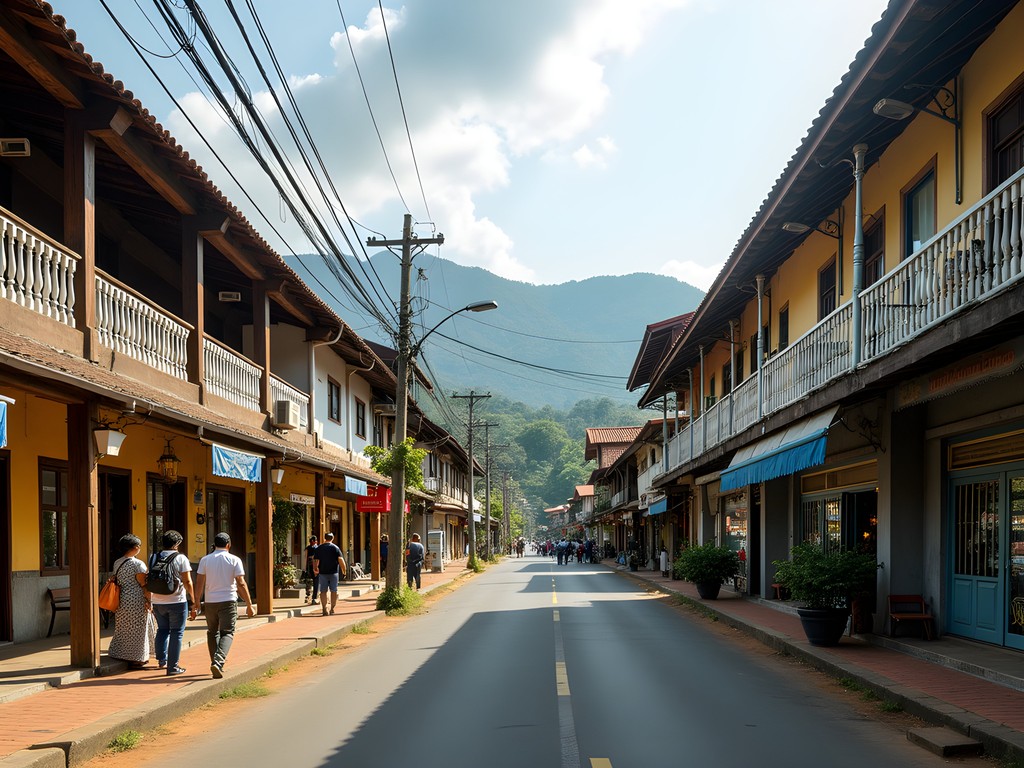
💡 Pro Tips
- Walk the main street at different times of day to see how light transforms the architecture
- Look for 'architectural collisions' where different eras and styles meet in a single building
- Ask shopkeepers about the history of their buildings—many have fascinating stories
The Back Alleys of Ella: Local Life Beyond Tourism
While most visitors stick to Ella's main thoroughfare, the town's true character reveals itself in the narrow lanes and footpaths that branch off like capillaries from the main artery. These back alleys, some barely wide enough for two people to pass, offer glimpses into authentic Sri Lankan mountain life that continues largely untouched by tourism.
Armed with my travel water filter (essential for long days of exploration in tropical climates), I spent a full day mapping these hidden pathways. The western hillside lanes revealed a neighborhood of traditional homes where architecture is dictated by practicality rather than aesthetics—houses built into slopes with ingenious drainage systems to handle monsoon rains, and multi-level gardens that maximize limited flat space.
What struck me most was how these residential areas blend seamlessly with their natural surroundings. Unlike the manicured tea estates that dominate tourist itineraries, these neighborhoods incorporate native plants, creating micro-ecosystems where domestic and wild spaces converge. Chickens roamed freely beneath jackfruit trees, while kitchen gardens overflowed with curry leaf plants, chilies, and bitter gourd climbing up handmade trellises.
The eastern lanes, meanwhile, revealed Ella's working backbone—small workshops where furniture is crafted from local timber, bakeries supplying the town's restaurants, and mechanics' yards where the tuk-tuks that ferry tourists are maintained. These spaces tell the story of a parallel economy that supports the tourism infrastructure while remaining largely invisible to visitors.
Most fascinating was the network of footpaths connecting residential areas—not designed for vehicles but perfectly suited to the steep terrain. These paths, reinforced with stone steps in colonial times and maintained by residents today, represent a pedestrian infrastructure that predates automotive transport yet remains perfectly functional. As an urban planning graduate, I couldn't help but see lessons here for modern cities struggling with sustainable transportation solutions.
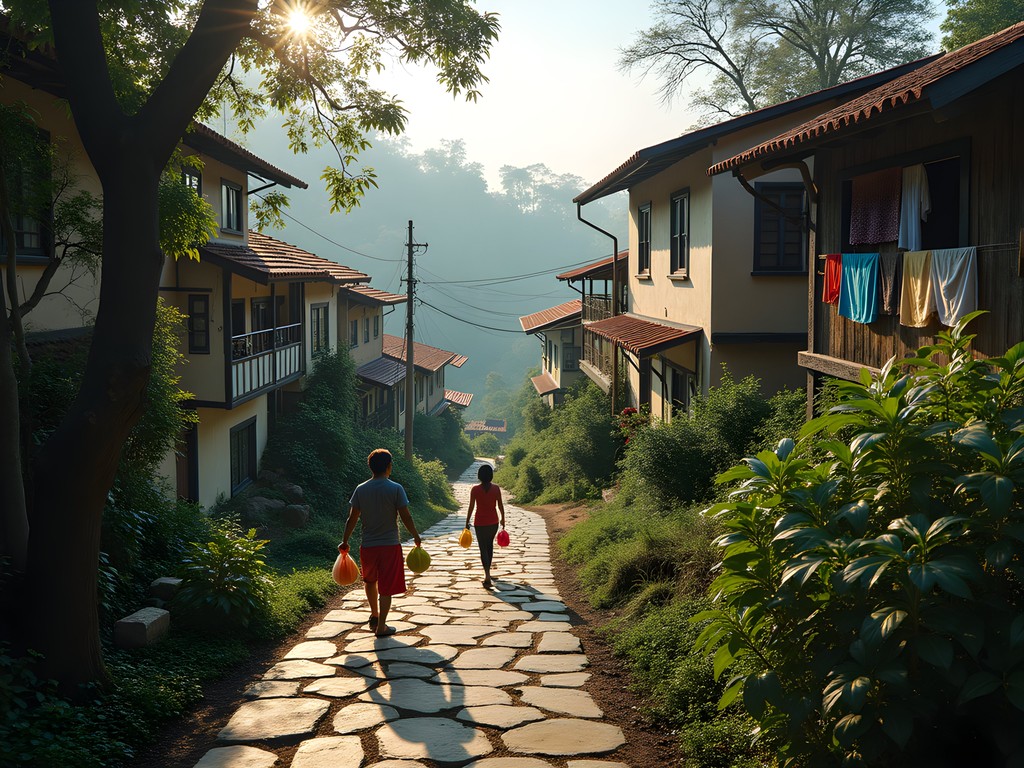
💡 Pro Tips
- Respect privacy when exploring residential areas and always ask before photographing people's homes
- The best time to explore back alleys is early morning when residents are beginning their daily routines
- Carry small denominations of local currency for impromptu purchases from home businesses
Ella's Architectural Anomalies: Finding the Unexpected
Every town has its architectural outliers—buildings that defy categorization or stand as testament to abandoned dreams and shifting fortunes. Ella, despite its small size, offers a surprising collection of such anomalies that reward the curious urban explorer.
My favorite discovery came on my second day, when a wrong turn led me to what locals call the 'Ghost Hotel'—an ambitious tourism project from the 1980s that was abandoned during Sri Lanka's civil conflict. The concrete skeleton, now draped in vines and reclaimed by jungle, stands as an eerie monument to interrupted progress. What makes this structure fascinating is how nature has transformed concrete brutalism into something almost organic—roots have cracked through floors while birds nest in would-be elevator shafts.
Nearby stands another curiosity: a perfect replica of an English cottage, complete with rose garden and picket fence, built by a retired tea plantation manager who couldn't bear to leave his adopted home but missed certain comforts of Britain. The current owner, his granddaughter, has maintained this cultural hybrid while adding distinctly Sri Lankan elements to the garden.
Perhaps most unexpected was the modernist concrete home hidden on a side street, designed in the 1970s by a student of Geoffrey Bawa (Sri Lanka's renowned architect). Its clean lines and thoughtful integration with the landscape stand in stark contrast to neighboring buildings, yet its use of local materials and adaptation to climate reflects deep architectural intelligence.
For those interested in architectural photography, I recommend the travel tripod which has accompanied me through 27 countries. Lightweight enough for all-day carrying but sturdy enough for low-light architectural shots, it's been essential for documenting these hidden gems without camera shake compromising image quality.
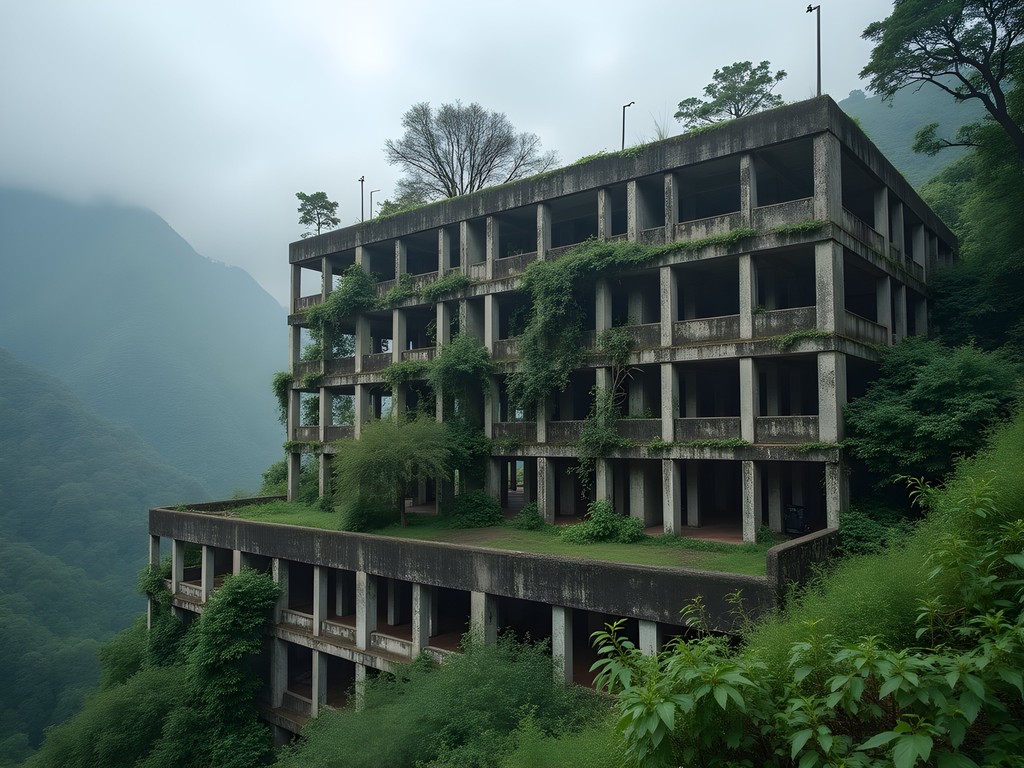
💡 Pro Tips
- Ask tuk-tuk drivers about unusual buildings—they often know the stories behind architectural oddities
- The 'Ghost Hotel' is best photographed in early morning when mist adds to its atmospheric quality
- Look for buildings with mixed architectural influences that tell stories of cultural exchange
Ella After Dark: Nocturnal Urban Rhythms
As daylight fades and the famous Ella Gap fills with mist, the town undergoes a remarkable transformation that few day-trippers witness. The nocturnal urban landscape reveals different patterns of movement, illumination, and social interaction that tell another chapter of Ella's story.
The most striking element is how lighting reshapes the town's geography. The main street becomes a corridor of warm yellow light spilling from restaurants and hostels, while residential areas retreat into deeper shadow punctuated by occasional porch lights and cooking fires. This creates a natural zoning that separates tourist and local spaces more distinctly than during daylight hours.
Wandering through Ella after dark, I was struck by how sound replaces sight as the primary way of understanding urban space. The clatter of restaurant kitchens, multilingual conversations from bar terraces, distant temple drums, and the ever-present symphony of insects create an acoustic map of activity. Most interesting was tracking how these soundscapes blend and separate as you move through different micro-neighborhoods.
The railway station—bustling by day—enters a state of semi-hibernation after the last evening train departs at 8:40pm. The platform becomes an impromptu gathering space for railway workers ending their shifts, sharing thermoses of tea and quiet conversation under the station's single fluorescent light. This temporary community dissolves by 10pm, leaving the colonial structure in darkness until pre-dawn preparations begin for the first morning train.
For night exploration, I always carry my headlamp which allows hands-free illumination when navigating Ella's uneven footpaths after dark. The red-light mode is particularly useful for observing nocturnal urban life without disturbing local residents or disrupting your own night vision.
Most revealing was how Ella's architecture takes on new dimensions after dark. Buildings that blend into the background by day become prominent when lit from within, revealing internal layouts and usage patterns. The town's many guesthouses, converted from traditional homes, display their architectural compromises most clearly at night—additions and adaptations becoming visible as different sections are illuminated or left dark.
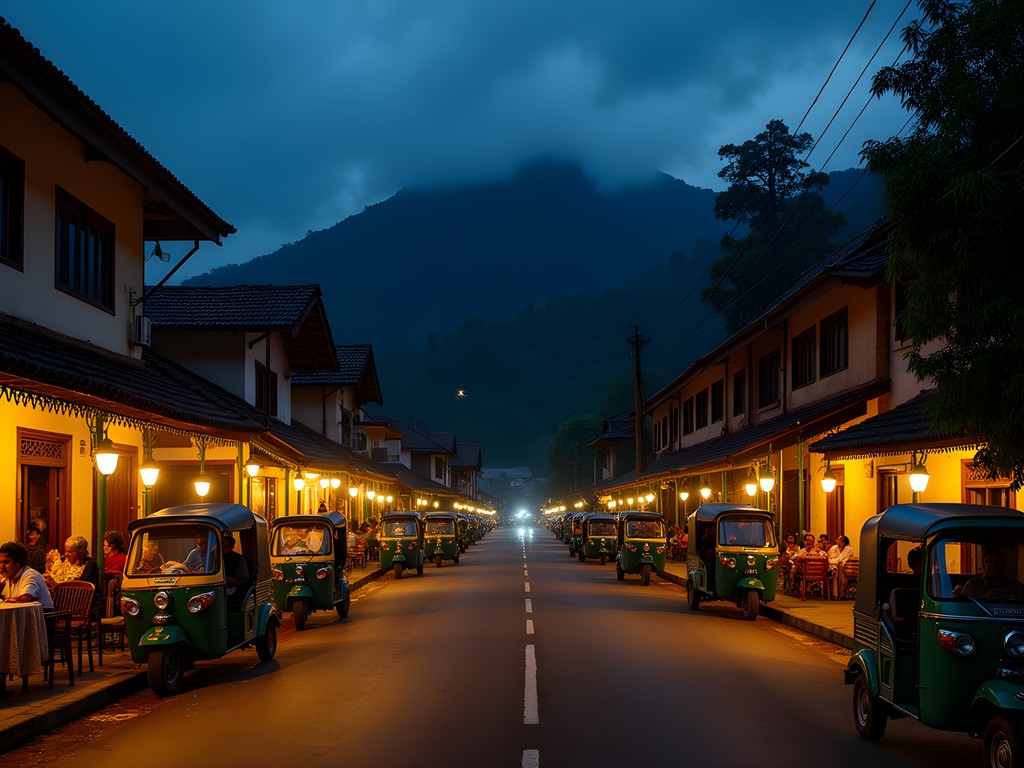
💡 Pro Tips
- Respect local neighborhoods when exploring after dark—keep noise to a minimum
- The viewpoint near Ella Gap offers a stunning panorama of the town's lights against the mountain darkness
- Carry a small flashlight for unlit paths, but use sparingly to preserve the authentic nighttime atmosphere
Final Thoughts
As my weekend in Ella drew to a close, I found myself sitting at the station waiting for the train back to Colombo, sketching the architectural details of the platform roof in my journal. A local schoolteacher noticed my interest and shared that his grandfather had helped build this very station. 'Most people just take pictures of the trains,' he remarked, 'but the buildings tell the real stories.' His observation crystallized what makes urban exploration in places like Ella so rewarding—beneath the postcard vistas and tourist trails lies a complex, living community shaped by history, geography, and human ingenuity. By shifting our gaze from the famous to the forgotten, from spectacular viewpoints to humble alleyways, we discover a richer, more authentic sense of place. Ella may be known for its tea plantations and mountain views, but its urban fabric—that unique tapestry of colonial infrastructure, vernacular architecture, and contemporary adaptation—offers equally valuable insights for the curious traveler willing to look beyond the obvious.
✨ Key Takeaways
- Ella's urban landscape reveals layers of colonial history, local adaptation, and tourism development that tell a deeper story than its famous natural attractions
- The railway infrastructure forms the historical backbone of the town and offers fascinating insights into colonial engineering and community formation
- Exploring back alleys and residential areas provides glimpses into authentic Sri Lankan mountain life largely unchanged by tourism
- Architectural anomalies throughout Ella reflect broader historical events and cultural exchanges that have shaped the town's development
📋 Practical Information
Best Time to Visit
October-November (fall) when monsoon rains have subsided but before peak tourist season
Budget Estimate
$30-50 USD per day including accommodation, food and local transport
Recommended Duration
Minimum 2 full days, ideally a 3-day weekend
Difficulty Level
Easy

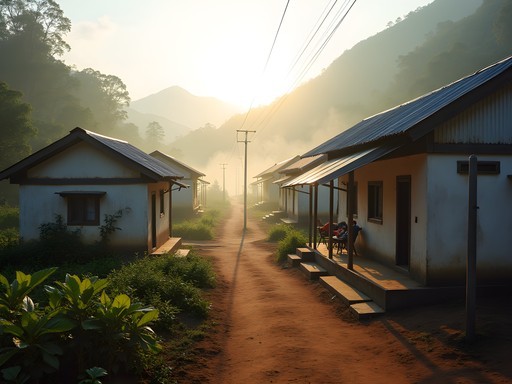






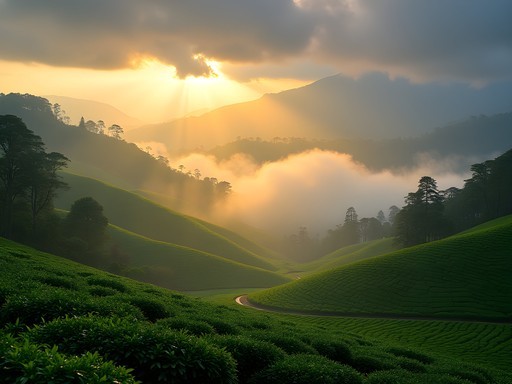






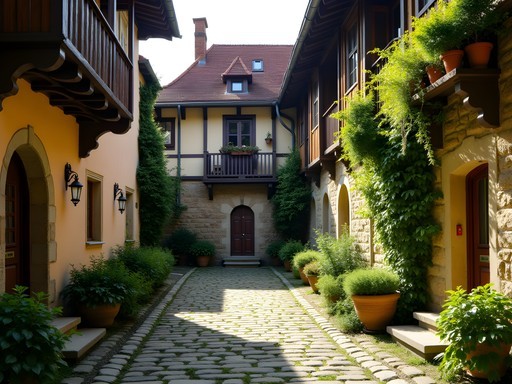
Comments
George Hayes
Jerry, this is exactly the kind of local perspective I love! We took our kids (8 and 10) to Ella last year, and while they enjoyed Little Adam's Peak, what really captured their imagination was exploring those back alleys and watching daily life unfold. There's a small family-run batik workshop we discovered where the owner let the kids try their hand at making designs. It's about two streets behind the main drag, near a bright blue house with ornate woodwork. The kids still have their batik pieces hanging in their rooms! For families visiting, I'd suggest balancing the nature activities with these urban explorations - it gives a much more rounded view of Sri Lankan life beyond the postcard scenes. Your sketching approach is brilliant too - my daughter was inspired to start her own travel sketch journal after watching a local artist at work near the railway station.
Jerry Kelley
That batik workshop sounds incredible, George! I completely missed it. There's something special about these small family businesses that really connects you to a place. I'll have to check it out when I return.
skyseeker
Just got back from Sri Lanka and wish I'd read this before! We spent 3 days in Ella but mostly did the typical hikes. Totally missed the architectural gems you mentioned. The train journey was definitely the highlight though - that blue train against all that green is unforgettable!
Casey Andersson
Jerry, your architectural perspective on Ella is fascinating! I was there last summer and completely missed those colonial-era details you pointed out on the railway station. I was too busy hanging out the train doors for Instagram shots (guilty as charged). I did stumble upon a lovely heritage guesthouse tucked away on one of those back streets though - a converted colonial bungalow with the most gorgeous veranda where they served afternoon tea. The blend of British, Dutch and indigenous architectural influences really is unique. I used my sketch journal to capture some of those details too - there's something about drawing that makes you notice things you'd otherwise miss. Next time I'll follow your architectural walking route!
wildmate
Casey, what was the name of that heritage guesthouse? Sounds amazing!
Casey Andersson
It was called Ella Heritage Bungalow! A bit pricier than the backpacker spots but totally worth it for the experience.
happyrider
That train journey is pure magic! Did it twice last year!
escapeway
Great post! I'm heading to Ella next month. How much time would you recommend for exploring these urban spots vs the typical nature attractions? And did you find any good local restaurants in those back alleys you mentioned?
Jerry Kelley
I'd set aside at least a full day for just wandering the town! There's a tiny place called Matey Hut down one of the alleys near the train station - no English menu but point at what the locals are eating. Their egg hoppers were incredible!
escapeway
Thanks Jerry! Adding Matey Hut to my list. Can't wait to try those egg hoppers!
wildmate
Omg LOVE this take on Ella! Everyone just posts about the tea plantations and Nine Arch Bridge. So refreshing to see the town's architecture and hidden corners getting some love!
backpack_brothers
We did that train journey last month. Absolutely epic!
cityking
Did you hang out the doors? That's what I want to do for photos!
backpack_brothers
Yeah but it gets super crowded with everyone trying to do the same thing. Go on a weekday if possible and get there early to claim a door spot!
travel_with_mei
Love that shot of the old railway worker's cottage! So much character.
backpack_dreamer
That train journey looks magical! Adding to bucket list!
moonlegend
I spent a week in Ella in 2023 and completely missed these architectural details! Guess I was too focused on hiking and the tea plantations. This gives me a reason to go back! Did anyone try that small bakery near the train station that makes those amazing coconut roti? The owner told me the building used to be a British officer's quarters during colonial times.
journeylover
Yes! That coconut roti was life-changing! The owner showed me old photos of the building from the 1920s. Amazing how it's transformed while keeping some original elements.
Venture X
Premium card with 2X miles, $300 travel credit, Priority Pass